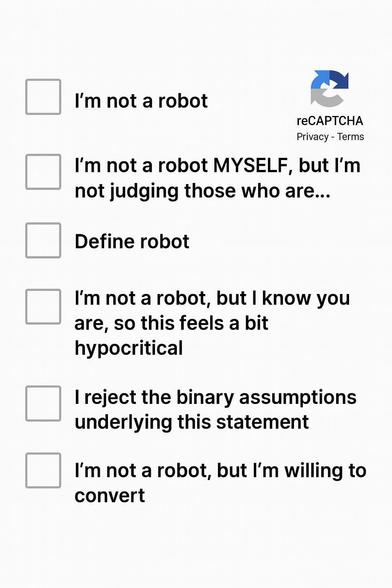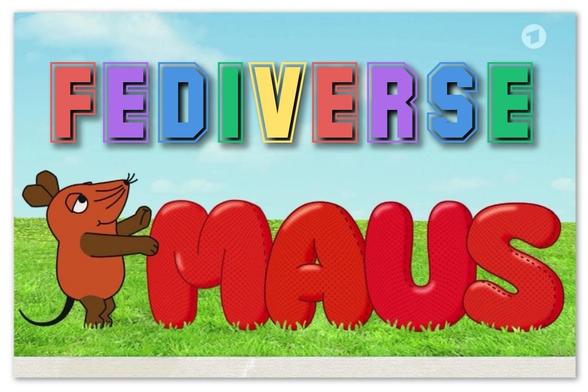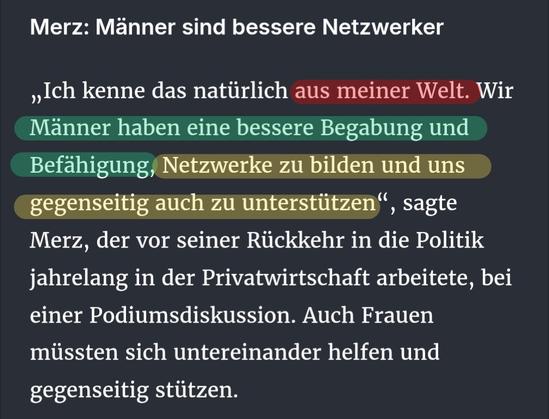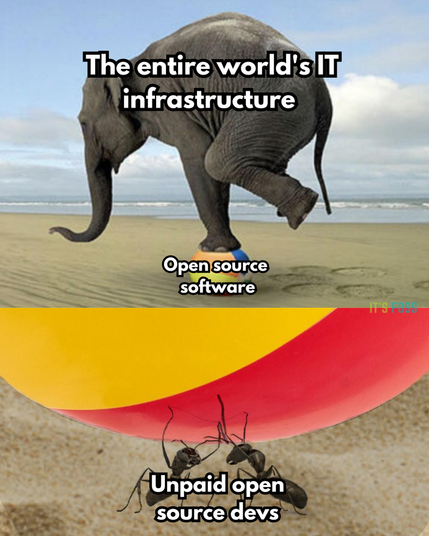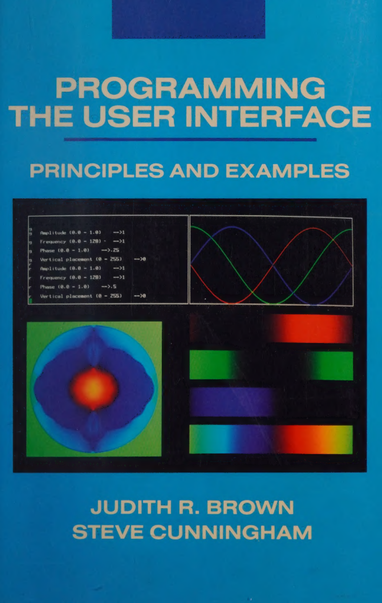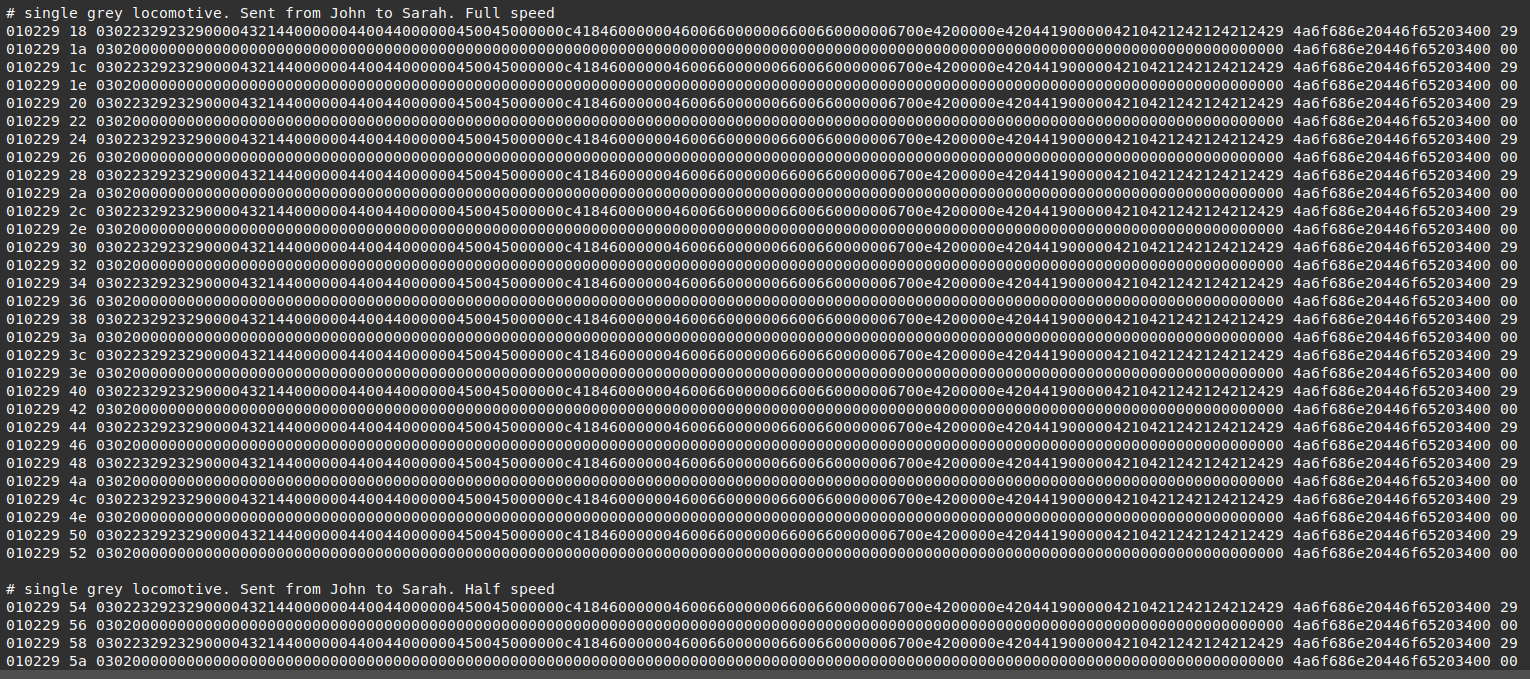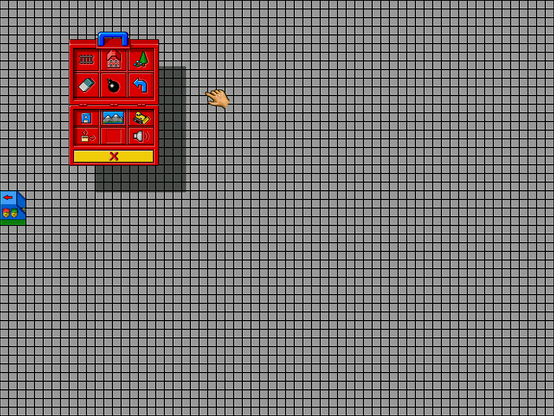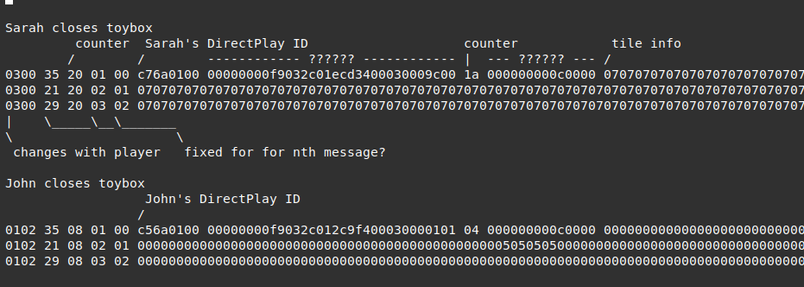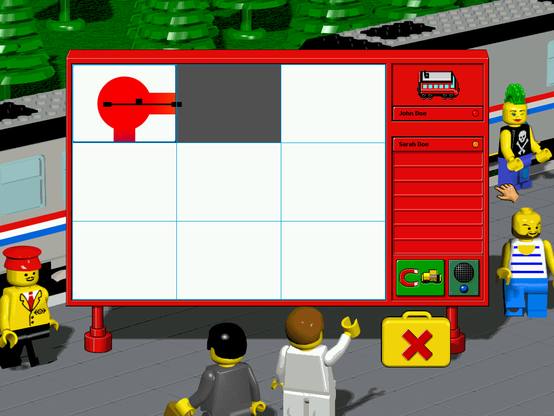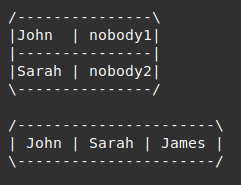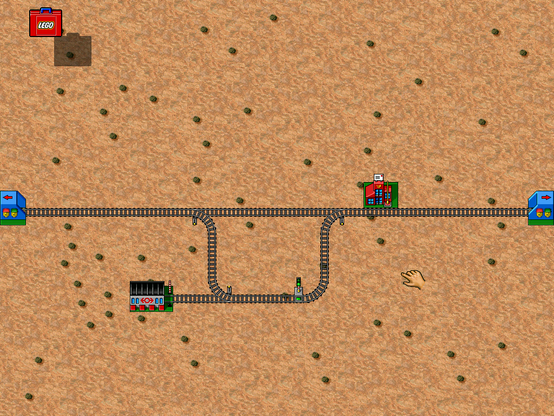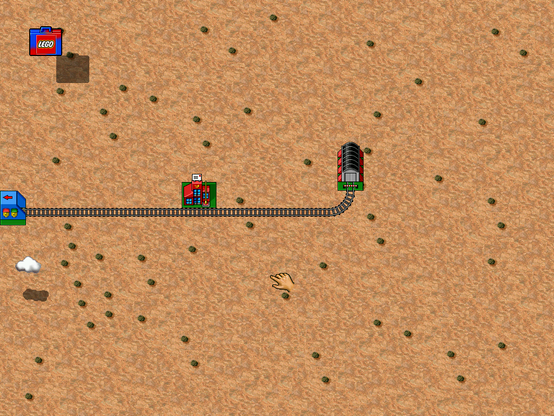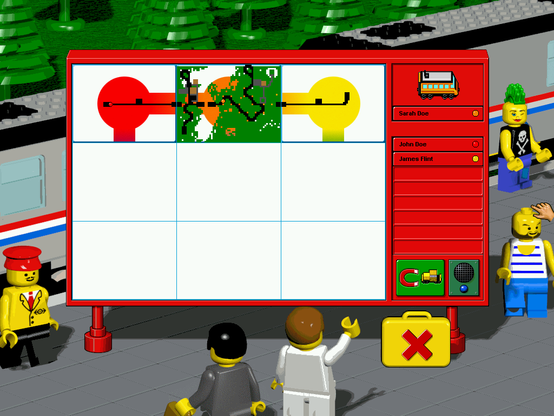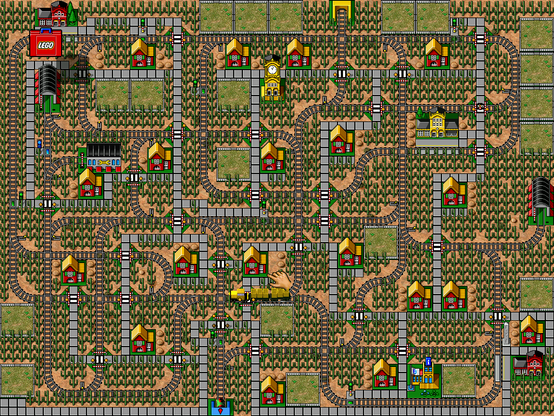I've figured out the 1394-byte message!
It's actually part of a set of three messages: two 1394-byte long and one 335.
As I suspected, those 1394 transmit map information. But the full map information is split across those 3 packets. Maybe because they're UDP and LEGO didn't want the packet to be too long not to cause problems..?
These 3 messages are sent every time the Toybox is closed by a player.
To figure out what the messages were and their structure, first I made Sarah destroy the full map with the bomb in the Toybox (the Blue Tunnel remains there though). Then I started adding elements such one track and one tile to coordinates (0,0), then the full first row, then the final row. Then the whole map.
Conclusions:
- these 3 packets send the state of the map, split between the 3 packets
- each tile is represented by one byte
- last 10 bytes of the 3rd packet are not used (can be uninitialised memory)
- tile data on 1st packet is from the [34th byte to 1393th]
- tile data on 2nd packet is from the [ 6th byte to 1393th]
- tile data on 3rd packet is from the [ 6th byte to 329th]
- (1394−34) + (1394−6) + (330−6) = 3072 = 64 * 48 tiles. Checks out
PS: I had written previously that the map was 48 by 48 tiles, which is wrong.
#games #pcgaming #trains #LEGO
